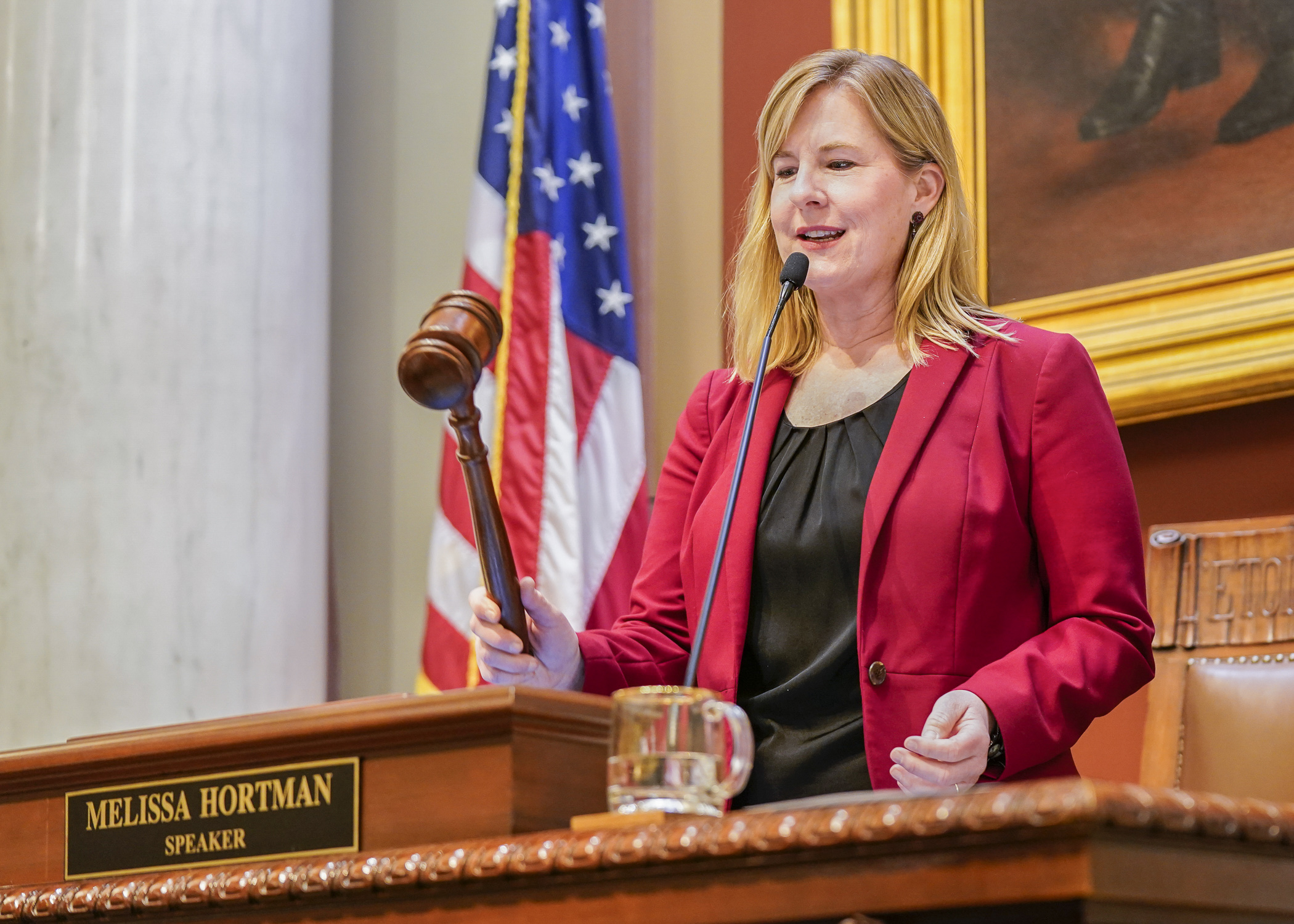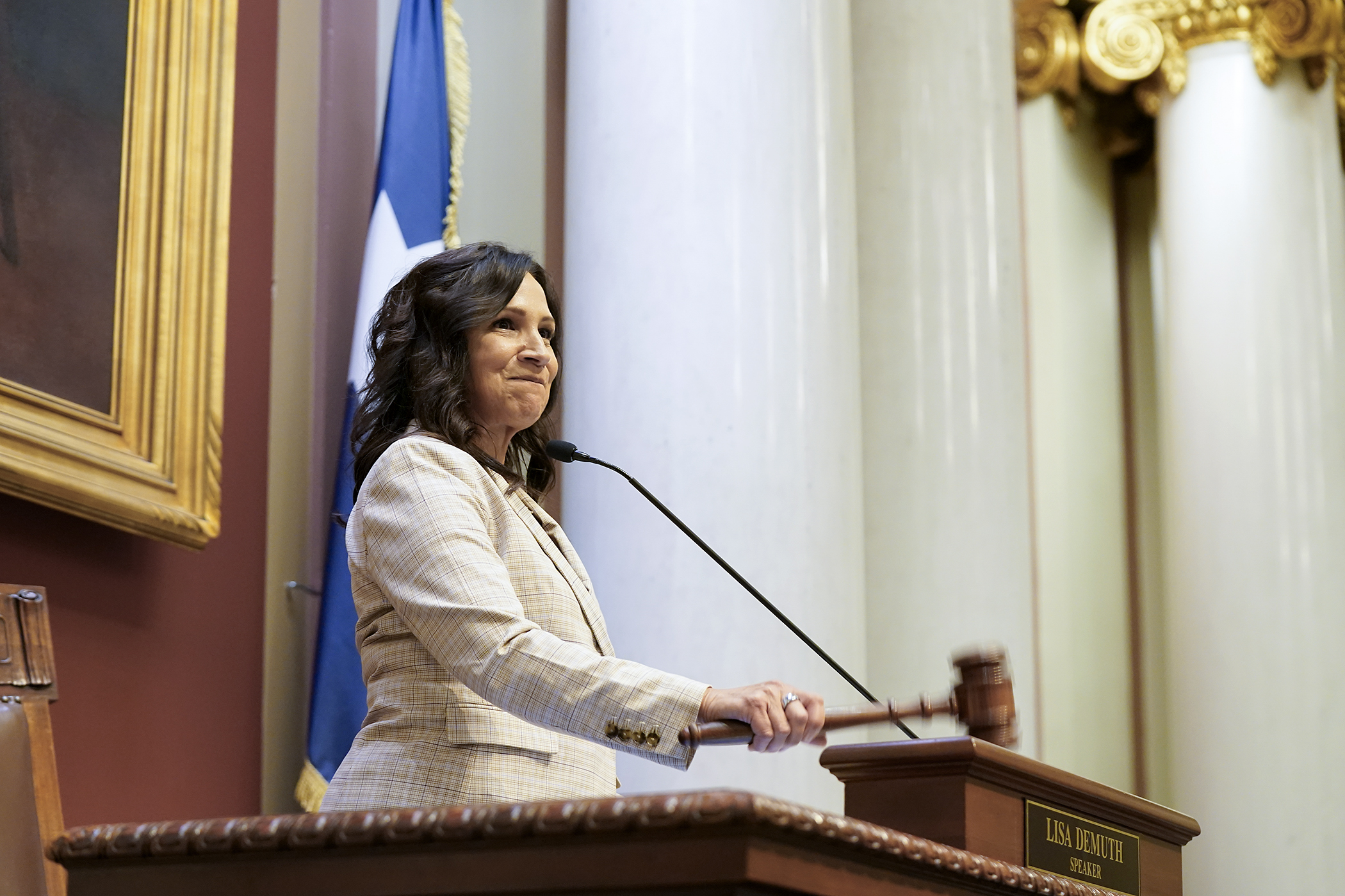Citing health risks, House panel hears plan to remove lead drinking water service lines from MN homes
An ambitious plan to remove lead from the state’s drinking water could cost $300 million or more over the coming decade.
Sponsored by Rep. Sydney Jordan (DFL-Mpls), HF2650 would establish a grant program aimed at replacing the privately owned portion of all residential lead drinking water service lines in Minnesota, and pay for that work by appropriating $30 million from the General Fund each year until 2032.
Jordan told the House Preventive Health Policy Division Wednesday the grants could be used by cities to identify and remove the lead service lines which are often both publicly and privately owned. She said the whole line must be replaced at the same time to avoid increasing the concentrations of lead in the drinking water.
“No amount of exposure to lead is safe,” Jordan said at the informational hearing. “Lead service lines are also one of the largest lead sources in Minnesota drinking water.”
In a 2019 report that examined the problem of lead in the state’s drinking water, the Department of Health estimated Minnesota has 100,000 lead service lines, although an inventory is needed to further refine that estimate. These are generally controlled by cities and used to pipe water from public sources into privately owned property.
The report also estimates the cost of removing lead from the state’s drinking water would be between $1.52 billion to $4.12 billion over 20 years, but said the economic benefit from doing so would be $4.2 billion to $8.4 billion during that same span.
Jeff Freeman, executive director of the Public Facilities Authority, told members the recent federal Infrastructure Investment and Jobs Act will provide Minnesota significant additional resources targeted specifically to address lead service lines.
“We expect approximately $43 million per year for five years,” Freeman said.
Jordan said work on HF2650 is still being done and the bill will evolve as more information becomes available, such as requirements for the federal funding and the total cost of the effort.
The Senate companion, SF2531, sponsored by Sen. Jennifer McEwen (DFL-Duluth), awaits action by the Senate Jobs and Economic Growth Finance and Policy Committee.
Related Articles
Search Session Daily
Advanced Search OptionsPriority Dailies
Speaker Emerita Melissa Hortman, husband killed in attack
By HPIS Staff House Speaker Emerita Melissa Hortman (DFL-Brooklyn Park) and her husband, Mark, were fatally shot in their home early Saturday morning.
Gov. Tim Walz announced the news dur...
House Speaker Emerita Melissa Hortman (DFL-Brooklyn Park) and her husband, Mark, were fatally shot in their home early Saturday morning.
Gov. Tim Walz announced the news dur...
Lawmakers deliver budget bills to governor's desk in one-day special session
By Mike Cook About that talk of needing all 21 hours left in a legislative day to complete a special session?
House members were more than up to the challenge Monday. Beginning at 10 a.m...
About that talk of needing all 21 hours left in a legislative day to complete a special session?
House members were more than up to the challenge Monday. Beginning at 10 a.m...